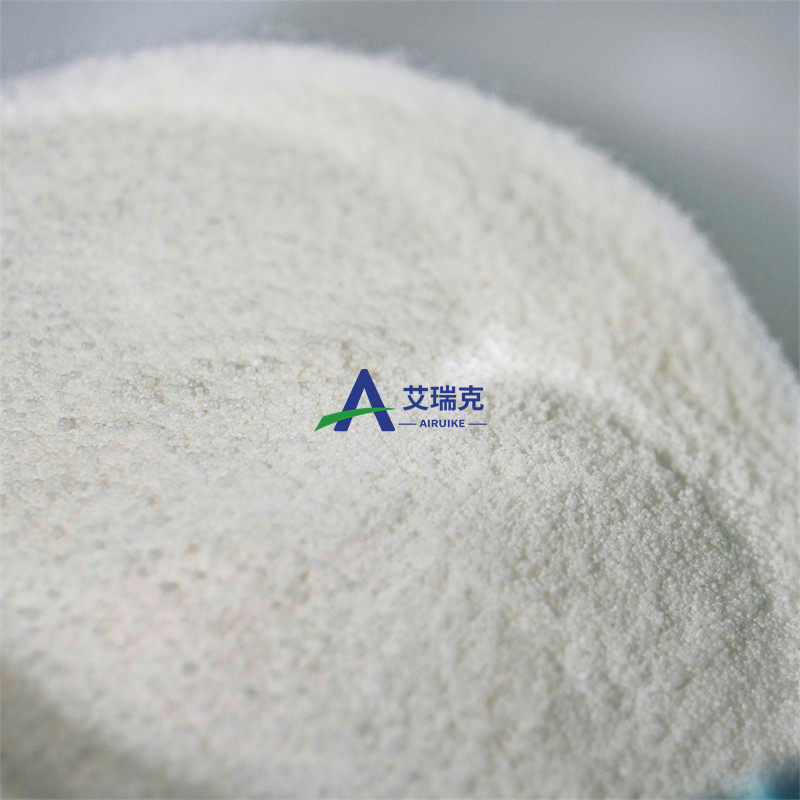January 3, 2020 Science journal essence
-
Last Update: 2020-01-04
-
Source: Internet
-
Author: User
Search more information of high quality chemicals, good prices and reliable suppliers, visit
www.echemi.com
January 4, 2020 / BIOON / - -- a new issue of Science Journal (January 3, 2020) will be published this week What are the highlights of its research? Let Xiaobian come together The picture is from science journal 1 Science: a new technology has been developed to reveal the drug response of cancer cells in a single cell resolution -- SCI plex doi: 10.1126/science.aax6234 high-throughput chemical screening is usually used to try to find new cancer drugs, as well as many other biomedical applications At present, most of these kinds of screening either provide rough readout values, such as cell survival rate, cell proliferation or cell shape change, or only provide specific molecular discovery, such as testing whether a specific enzyme is blocked Due to the huge gap between the two, most of the measurement methods usually miss the tiny gene expression or cell state changes, which may reveal the mechanism of the disturbed cells Such assays may also fail to detect nuances that may indicate unexpected side effects of the drug being tested, or genetically identical cells that respond differently to the same drug, or why cells are resistant to previously effective treatments In order to solve these limitations of the existing high-throughput chemical screening, researchers from the University of Washington developed a new technology in a new study The new technology combines improvements in nuclear markers with advances in gene expression analysis in millions of cells This is done in a cost-effective way at a single cell resolution They named this new filtering method SCI plex The relevant research results were recently published in the journal Science with the title of "massively multiple chemical transcription at single cell resolution" The corresponding authors are Cole Trapnell, associate professor of genomics at the school of medicine, University of Washington, and Jay shendure, Professor of genomics at the school of medicine, University of Washington The first authors of this paper are Sanjay R srivatsan, Ph.D student of the medical scientist training program of the school of medicine of the University of Washington, Jose L mcfaline Figueroa, postdoctoral researcher of genomics science of the school of medicine of the University of Washington, and Vijay Ramani, former graduate student of genomics science of the school of medicine of the University of Washington To test the performance of SCI plex, the researchers used it to screen three cancer cell lines (leukemia, lung cancer and breast cancer) treated with 180 compounds for cancer, HIV infection and autoimmune diseases These cells were labeled with small single stranded DNA for nuclear hashing The nuclear hash marker can identify different cells and allow scientists to map which cells have been treated with which drugs In just one experiment, the researchers measured gene expression in 650000 cells from more than 5000 independently treated samples These results indicate that there are significant differences in the response modes of some cancer cells to specific compounds They also revealed shared patterns among cells about other chemical types, as well as some of the characteristics of drugs in one chemical type 2 Science: reveal the artemisinin resistance mechanism of Plasmodium Doi: 10.1126/science.aax4735; doi: 10.1126/science.aba0445 Plasmodium lives in red blood cells, and has a highly conserved gene, called kelch13 The single point mutation of this gene is related to the resistance to artemisinin Birnbaum et al Found that kelch13 and its related proteins constitute the endocytic compartment related to the host red blood cells as food The hot targets of artemisinin research also appear in this endocytosis chamber, including UBP1, AP-2 μ, and Plasmodium homologues of eps15 The inactivation of kelch13 region ventricular proteins indicates that these proteins are needed for the endocytosis of host hemoglobin Artemisinin is activated by hemoglobin degradation products, so these mutations make Plasmodium resistant to these drugs to varying degrees 3 Science: electrostatic control of the photoisomerization pathway in proteins doi: 10.1126/science.aax1898; doi: 10.1126/science.aba0571 photoisomerization - refers to the reaction of light absorption to make the bonds in molecules distorted - has been used in biology to sense light, and can affect the photophysical properties of fluorescent proteins used in imaging applications Romei et al Studied this behavior by introducing unnatural amino acids into the green fluorescent protein dronpa2, which can play a role of light switch, so as to systematically change the electronic properties of this chromophore The crystal structure and spectral analysis of a series of dronpa2 variants support a model: the electrostatic interaction between this chromophore and its surrounding environment affects the barrier height of different bonds in photoisomerization These new insights may guide the design of optical switching proteins with required properties in the future 4 Science: to reveal the action potential of dendrites of 2 / 3 neurons in human cortical layer and to calculate doi: 10.1126/science.aax6239 special development program in human brain will lead to uneven thickening of 2 / 3 of cortical layer This suggests that the expansion of 2 / 3 cortex, its numerous neurons and large dendrites may help us to become human beings Gidon et al Therefore studied the dendrite physiology of 2 / 3 pyramidal neurons in the cortex obtained from the brain slices of patients with epilepsy The activity of these neurons is much more complex than previously thought because of the previously unknown action potential categories in the dendrites recorded by double somatic cells These action potentials enable a single neuron to solve two long-standing problems in neuroscience that require multi-layer neural networks 5 Science: it was found that there was little early evidence for the cooked starch plant food of DOI: 10.1126/science.aaz5926 in Africa 170000 years ago, but eating the starch plant root may be a key innovation in human diet Wadley et al Reported the identification of the whole burnt rhizome of the genus Hypoxis from the border cave, South Africa, which dates back 170000 years The remains of these ancient plants are the first direct evidence of the cooking of underground storage organs It seems that the edible rhizome of this plant was cooked and eaten by people in the middle stone age The wide geographical distribution of this genus suggests that its rhizomes may be a reliable source of carbohydrates for Homo sapiens, which may promote population mobility 6 Science: the meat trap of carnivorous plants evolved from flat leaves through simple changes in gene expression Doi: 10.1126/science.aay5433; doi: 10.1126/science.aba3797 cup-shaped leaves of carnivorous plants evolved from ancestors with flat leaves many times By studying the production of carnivorous traps in utriculia gibba, whitewoods et al Identified that their genes are similar to those expressed on the surface of flat leaves Ectopic expression and computational models reveal how slight changes in gene expression domains lead to differences between flat leaves and curly carnivorous traps In the land of orthogonal polarity, the flexible change of growth rate allows the diversity of the shape of the meat trap 7 Science: in a newly evolved transcription loop, the change of protein coding precedes the change of cis regulatory sequence doi: 10.1126/science.aax5217 The novelty of organism stems from the change of transcription loop But what happens first is the change of regulatory protein or the change of cis regulatory sequence? Britton et al Studied the mat α 2 protein in the yeast subfamily of fungi They found that in two stages separated by millions of years, a newly evolved transcription loop was involved in the inhibition of A-specific genes by the old homologous domain protein mat α 2 In the first stage, mat α 2 obtained several coding changes, and in the second stage, the cis regulatory sequence changed This particular requirement of the evolutionary branch of yeast subfamily explains how the coding change of mat α 2 occurred long before the emergence of this new α specific gene inhibition loop 8 Science: protein ttc5 mediates the self-regulation of tubulin through mRNA degradation doi: 10.1126/science.aaz4352; doi: 10.1126/science.aba0713 cells strictly control the abundance of key housekeeping factors (such as ribosomes and chaperones) to maintain them at the optimal level required for homeostasis Most abundance control mechanisms involve feedback regulation of mRNA transcription, but other abundance control mechanisms, such as tubulin, are regulated by highly specific mRNA degradation Lin et al Found that ttc5 (tetratricopeptide protein 5) binds to the new α and β tubulin on the ribosome in translation, thus triggering their related mRNA degradation in the presence of excessive tubulin In the absence of ttc5 mediated tubulin self-regulation, cells show error prone chromosome separation, which depends on the concentration of tubulin (BIOON Com)
This article is an English version of an article which is originally in the Chinese language on echemi.com and is provided for information purposes only.
This website makes no representation or warranty of any kind, either expressed or implied, as to the accuracy, completeness ownership or reliability of
the article or any translations thereof. If you have any concerns or complaints relating to the article, please send an email, providing a detailed
description of the concern or complaint, to
service@echemi.com. A staff member will contact you within 5 working days. Once verified, infringing content
will be removed immediately.







